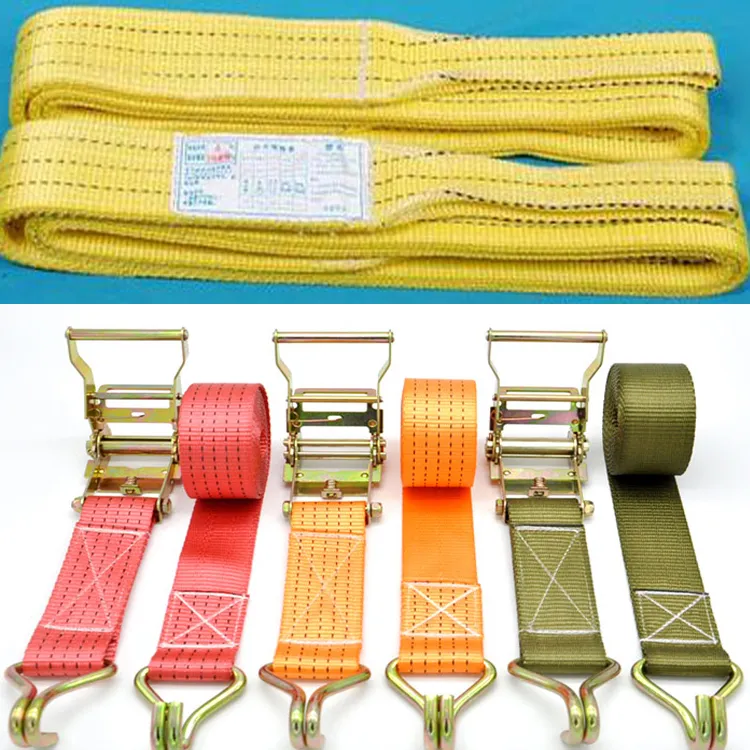Exploring the Versatility of Single Stitch Sewing Machines in Modern Fashion Design
Understanding the Single Stitch Machine A Key Tool in Garment Production
The single stitch machine, often referred to as a lockstitch machine, is an essential piece of equipment in the world of garment manufacturing. This versatile machine has played a pivotal role in the fashion industry, revolutionizing the way clothing is produced, tailored, and repaired. Below we explore the mechanics of the single stitch machine, its applications, and its significance in modern textile production.
The Mechanics of the Single Stitch Machine
At its core, the single stitch machine operates on a simple yet effective principle it uses a single needle and a bobbin to create a lockstitch, which consists of two threads interlocking to form a secure seam. The needle thread is fed from a spool at the top of the machine and is passed through the fabric as it creates a stitch. Meanwhile, the bobbin, which is housed beneath the needle plate, supplies the second thread. As the needle penetrates the fabric and loops around the bobbin thread, a stitch is formed, creating a durable seam.
These machines come in various forms, including industrial, domestic, and semi-industrial models. Industrial variations are often designed for high-volume production and can sew multiple layers of heavy fabric with ease. Domestic machines may be more compact and less powerful, catering to home sewing enthusiasts. Regardless of the type, the single stitch machine remains a cornerstone of garment production.
Applications in the Fashion Industry
Single stitch machines are used in various applications throughout the fashion industry, from simple alterations to the mass production of garments. In the production process, they are primarily utilized for sewing seams, hems, and closures in a wide range of fabrics, including cotton, denim, and synthetic materials. Their ability to create strong, consistent stitches makes them ideal for constructing items that need to withstand stress, such as jeans, jackets, and sportswear.
Moreover, single stitch machines are pivotal in the realm of repair and alteration. Tailors and seamstresses often rely on these machines to fix torn garments or modify clothing to better fit individual customers. The ease of use and adaptability of single stitch machines has made them an indispensable tool for both professional and hobbyist sewers alike.
Benefits of Using Single Stitch Machines
single stitch machine

One of the most significant advantages of single stitch machines is their efficiency. They allow for rapid sewing of seams, enabling manufacturers to meet tight production deadlines. This efficiency is crucial in an industry where trends change rapidly, and the time-to-market can significantly impact sales.
Additionally, the lockstitch produced by single stitch machines creates a strong and durable seam. This quality is particularly important in garments that experience a lot of wear and tear. Unlike other stitching methods that may unravel or become loose over time, the lockstitch remains intact, ensuring the longevity of the garment.
Another benefit is the versatility of these machines. For instance, many modern single stitch machines come equipped with various stitch settings that allow users to create different types of seams, such as straight, zigzag, or decorative stitches. This range of options gives users the flexibility to experiment and expand their sewing capabilities.
The Future of Single Stitch Machines
As technology continues to advance, the single stitch machine is evolving as well. Modern versions may include computerized features that enhance usability and precision. These advancements not only make sewing more accessible but also increase the potential for intricate designs and patterns that were once labor-intensive and time-consuming.
In addition, with a growing emphasis on sustainability in the fashion industry, single stitch machines are being increasingly valued for their ability to produce high-quality garments that can last longer and thus contribute to reducing textile waste.
Conclusion
The single stitch machine is much more than just a piece of sewing equipment; it is a fundamental tool that has transformed the garment industry. Its simplicity, efficiency, and adaptability make it invaluable for both mass production and individual alterations. As technology progresses and the demand for sustainable fashion rises, the role of the single stitch machine is expected to become even more significant, ensuring that it remains a key player in the world of textiles for years to come.
-
Industrial Cylinder Arm Sewing Machine: Revolutionizing Heavy-Duty SewingNewsJul.28,2025
-
Cylinder Arm Sewing Machine: Perfect for Special Sewing ApplicationsNewsJul.28,2025
-
Cylinder Bed Sewing Machine: Essential for Sewing Complex MaterialsNewsJul.28,2025
-
Heavy Duty Sewing Machine: The Essential Tool for Industrial ApplicationsNewsJul.28,2025
-
Computerized Pattern Sewing Machine: Revolutionizing Precision StitchingNewsJul.28,2025
-
Heavy Duty Industrial Sewing Machine: Power Meets PrecisionNewsJul.28,2025
-
Leather Sewing Machine: The Industrial Standard for Tough MaterialsNewsJul.18,2025





























